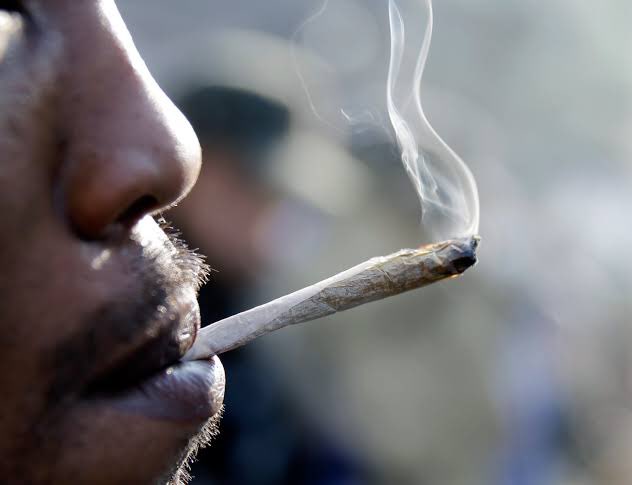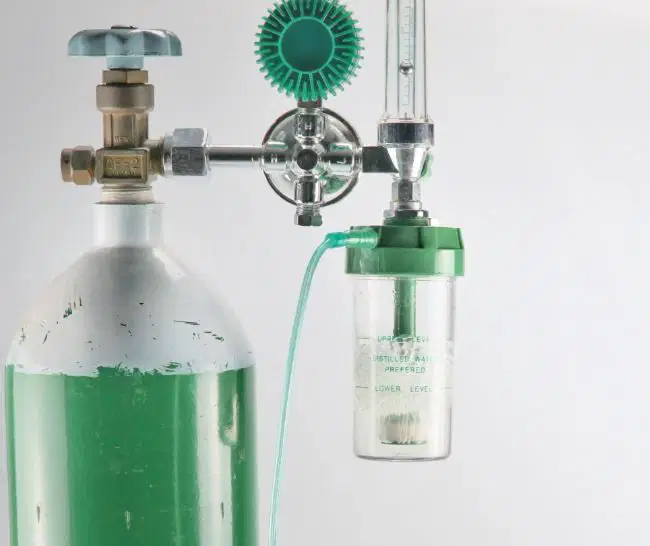
The World Health Organisation (WHO) has released its first comprehensive guideline on tobacco cessation, offering a detailed set of interventions.
These interventions include behavioral support from healthcare providers, digital cessation tools, and pharmacological treatments.
The guidelines, released yesterday, is aimed at assisting more than 750 million tobacco users who wish to quit all forms of tobacco. These recommendations cover all adults seeking to quit various tobacco products such as cigarettes, water pipes, smokeless tobacco, cigars, roll-your-own tobacco, and Heated Tobacco Products.
WHO Director-General Dr. Tedros Ghebreyesus emphasised the guideline’s importance, saying it provides essential tools for countries to support individuals in quitting tobacco and reducing tobacco-related diseases.
He said: “This guideline marks a crucial milestone in our global battle against these dangerous products. It empowers countries with the essential tools to effectively support individuals in quitting tobacco and alleviate the global burden of tobacco-related diseases.”
Director of Health Promotion at WHO, Dr. Rüdiger Krech, acknowledged the significant struggle individuals face when quitting, and highlighted the guideline’s role in offering the best support for those attempting to overcome the addiction.
According to him, despite over 60 per cent of the world’s 1.25 billion tobacco users wanting to quit, 70 per cent lack access to effective cessation services due to health system challenges and resource limitations.
He added: “This gap exists due to challenges faced by health systems, including resource limitations. The immense struggle that people face when trying to quit smoking cannot be overstated.
“We need to deeply appreciate the strength it takes and the suffering endured by individuals and their loved ones to overcome this addiction.
“Combining pharmacotherapy with behavioral interventions enhances quitting success rates. Countries are thus encouraged to make these treatments accessible, especially in low- and middle-income regions.
“These guidelines are designed to help communities and governments provide the best possible support and assistance for those on this challenging journey.
“WHO recommends varenicline, Nicotine Replacement Therapy (NRT), bupropion, and cytisine as effective treatments for tobacco cessation.
“In 2023, WHO initiated a prequalification procedure for medicinal products against disorders caused by tobacco use to improve global access to recommended tobacco cessation medications. In April 2024, Kenvue’s nicotine gum and patch became the first WHO-prequalified NRT products.
“WHO recommends behavioural interventions, including brief health worker counselling (30 seconds to 3 minutes) offered routinely in health-care settings, alongside more intensive behavioural support (individual, group, or phone counselling) for interested users.
“Additionally, digital interventions such as text messaging, smartphone apps, and internet programmes can be used as adjuncts or self-management tools.
“WHO encourages health-care providers, policy-makers, and stakeholders to adopt and implement this guideline to promote tobacco cessation and improve the health of millions of people in need worldwide”.


